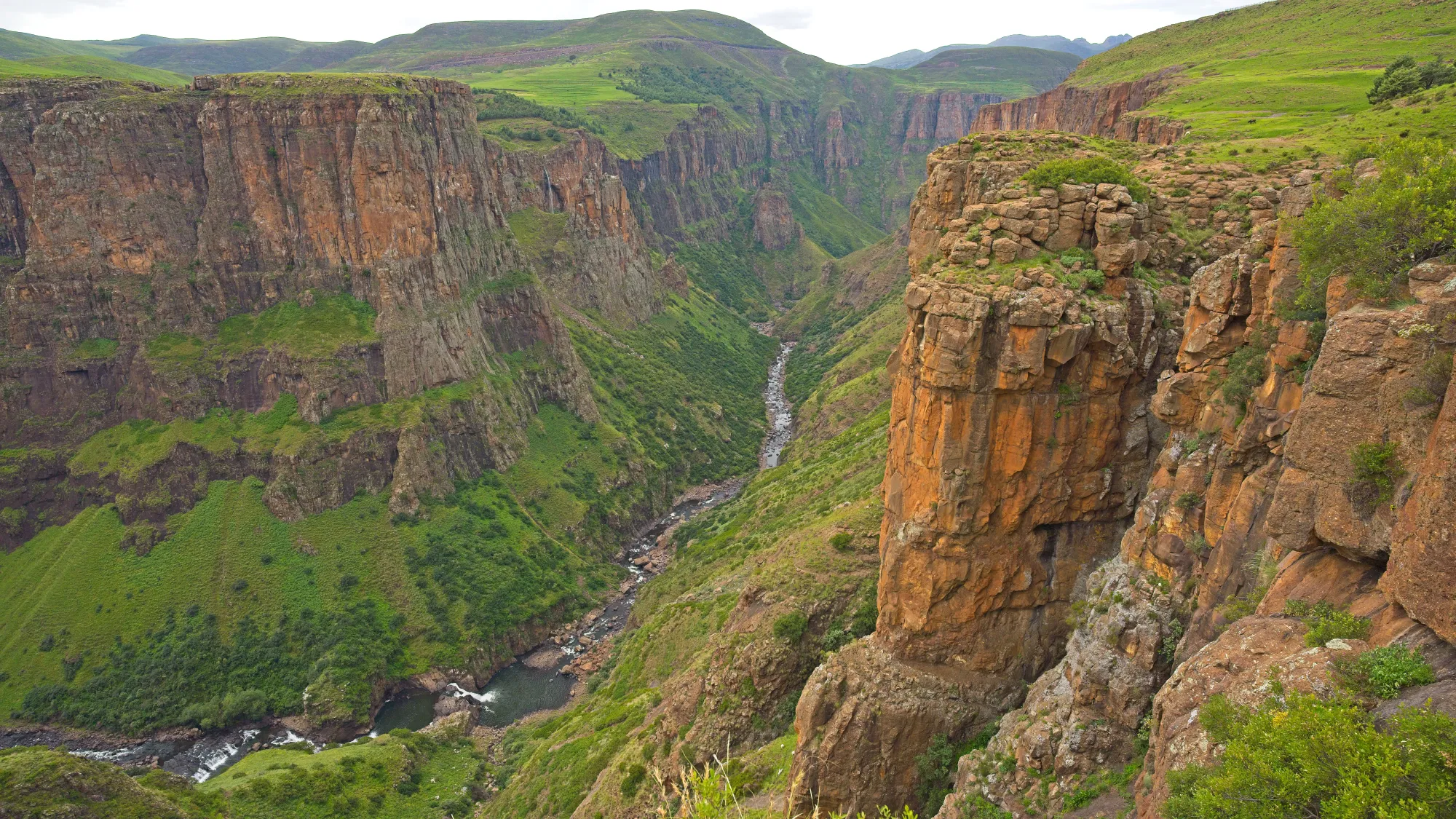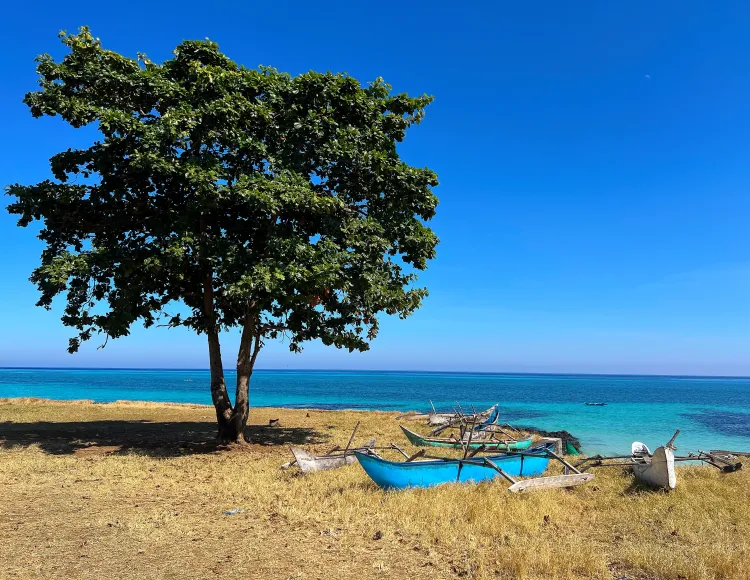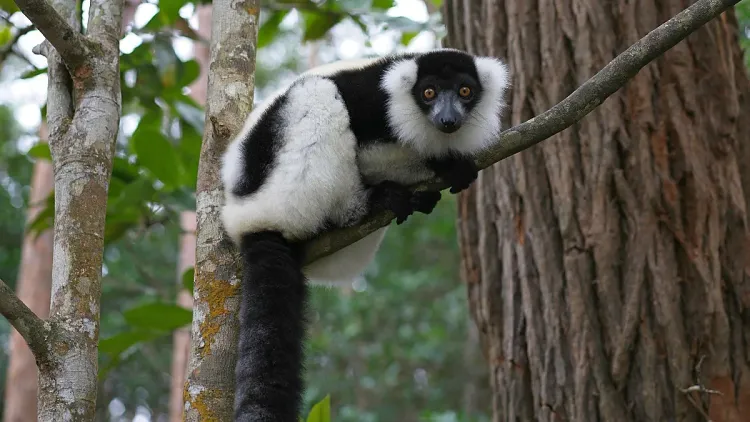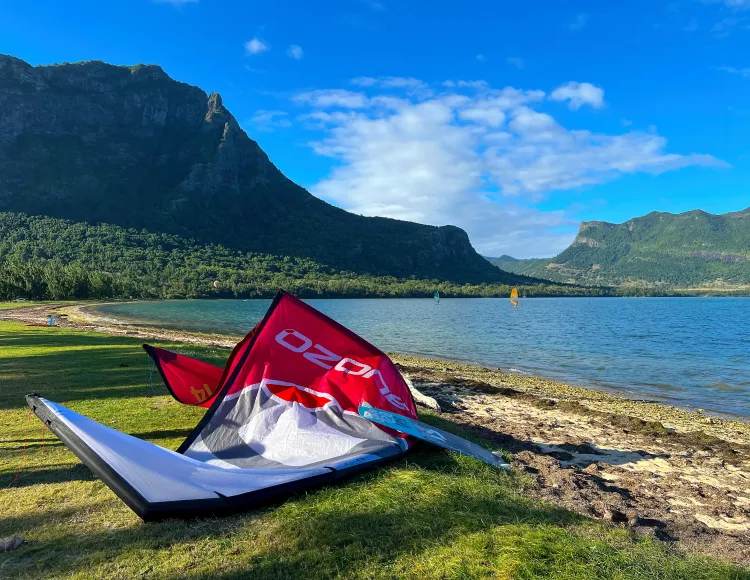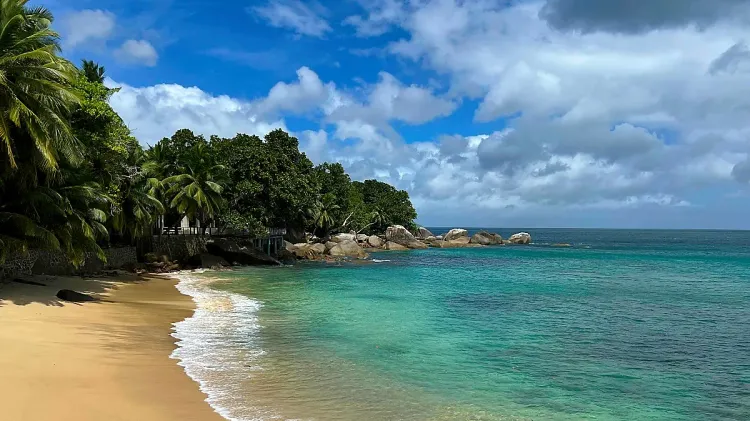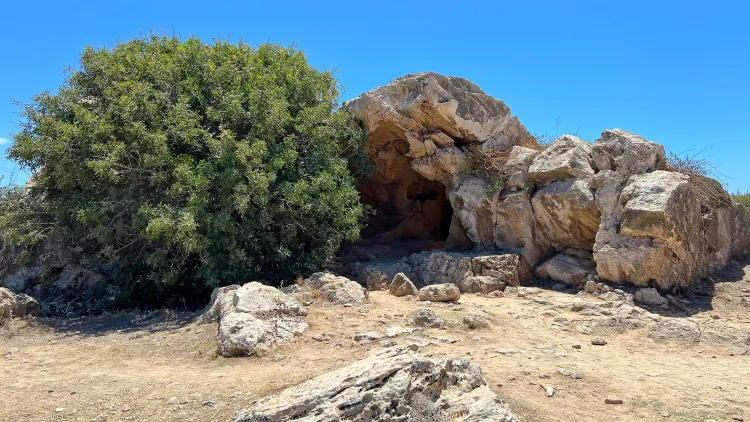Journal #53 - Eswatini and Lesotho
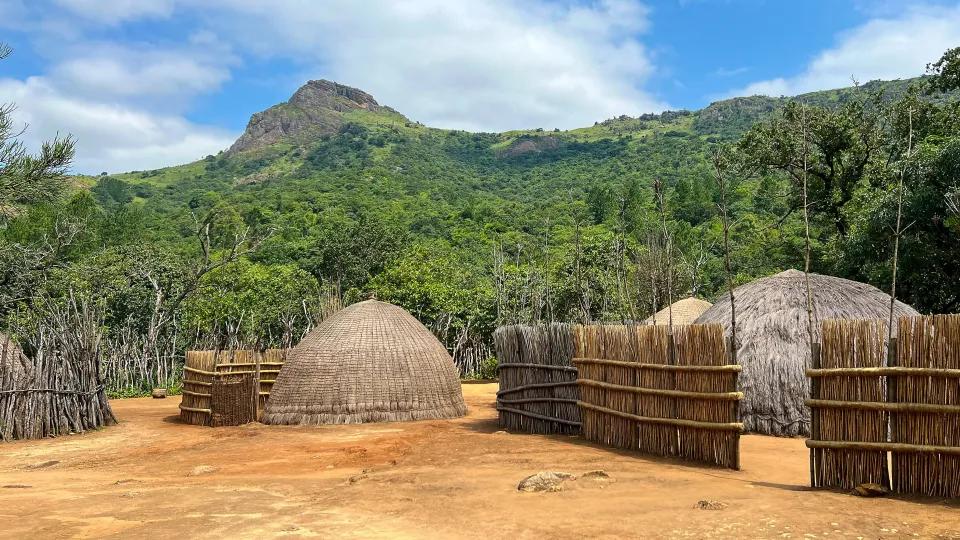
Sawubona and Dumelang from Eswatini and Lesotho!
Taking a self-drive road trip we visited two new countries around Southern Africa. As we mentioned in Journal #52, we just visited South Africa and while we were there rented a car and drove across the border into the neighboring country, Eswatini. From there we passed back through South Africa on our way to the enclave nation of Lesotho. Do not let the proximity of these nations fool you though, they each had their own story to tell and we enjoyed witnessing it all.
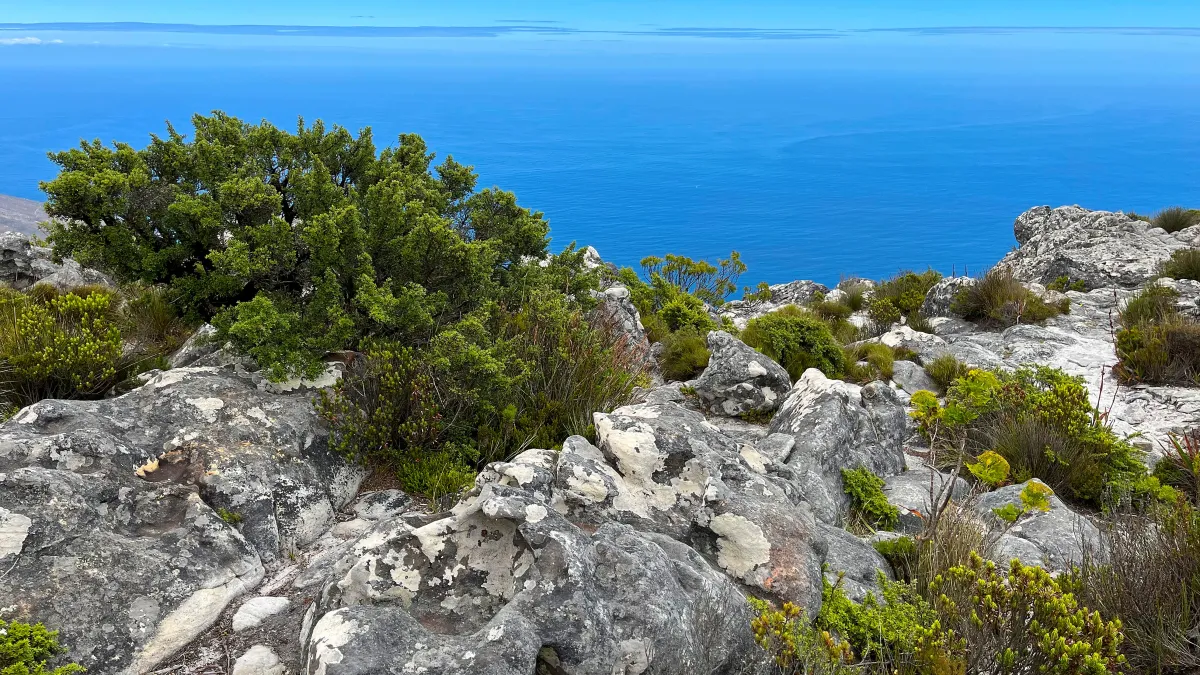
For our first leg in Eswatini, we left the heavy bags behind in storage and were traveling light. When we entered through the border point, we were given no trouble. However, when we were leaving the border patrol agents asked to examine the vehicle – we were technically importing and then exporting the rental so this made sense. When we popped the trunk to show them inside the guard looked at me and asked “Where is your luggage?”. I pointed to the single daypack we were traveling with containing our toiletries and change of clothing. This was clearly not large enough to fit with his mental model because he asked a variation on his question with, “Where are your clothes?” Realizing his confusion, I gestured to my general person saying “I’m wearing them!” - in typical backpacker fashion. He let us proceed through the border but was shaking his head in our rearview mirror.
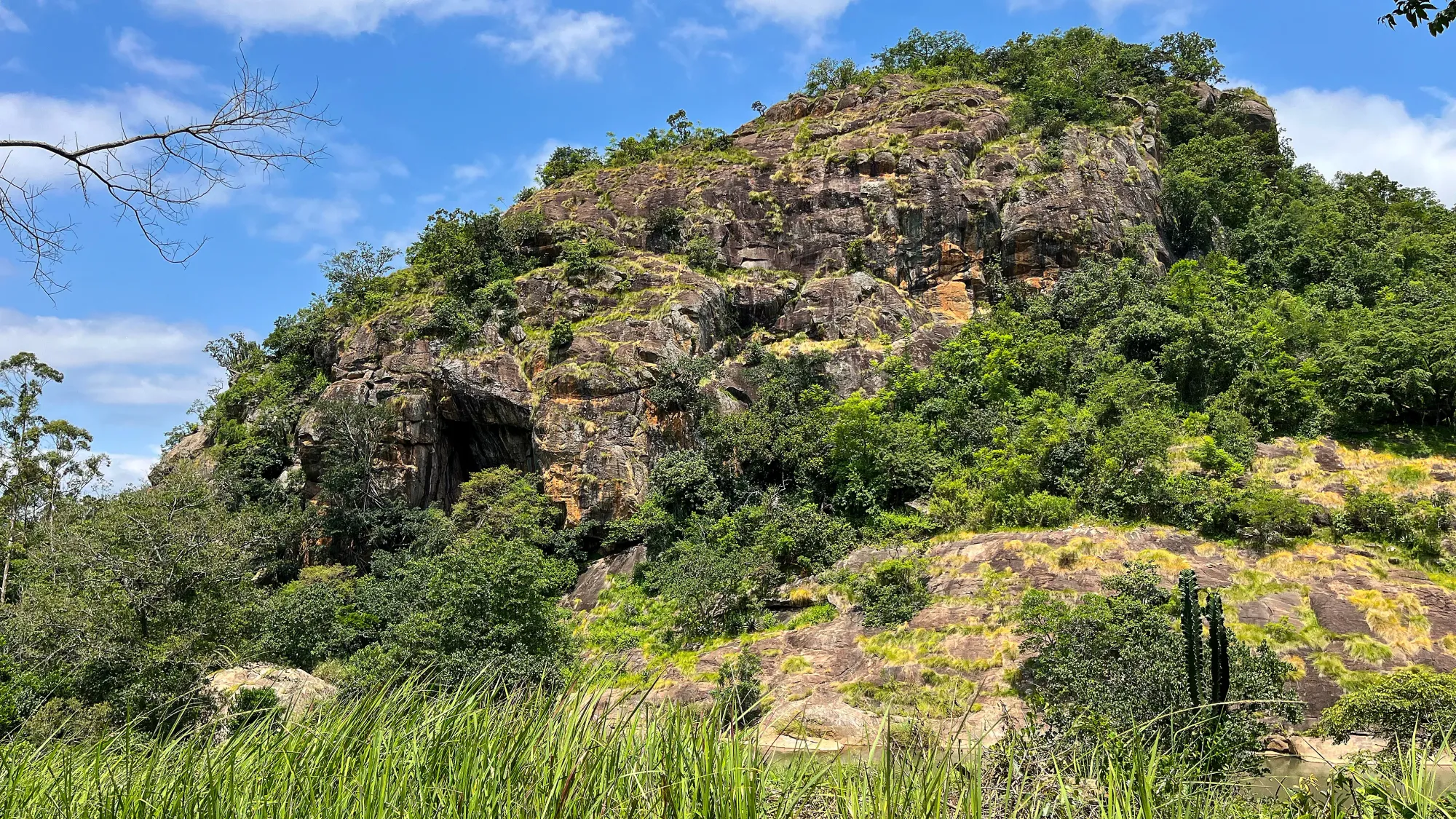
Inside Eswatini we made a point of visiting Mbabane, one of the nation’s two capitals. Here we saw the market and drove circles around the city before progressing on to the Mantenga Swazi Cultural Village. This is a staged environment that demonstrates how the tribal Swati people who came from this region used to live. We were assigned a guide to walk us around and explain the logistics of which huts were given to which wives and how to know when the children were old enough to move into their own huts. He explained the culture of hut assignments for the polygamous Swazi people and encampment layouts. We were allowed to speak with their traditional healer if we wanted and they even had a dance demonstration. Because of the timing of our visit, we were the only tourists in the park during our walk, so we got the chance to ask many questions about the culture and how it is intermingling with society as it modernizes today.
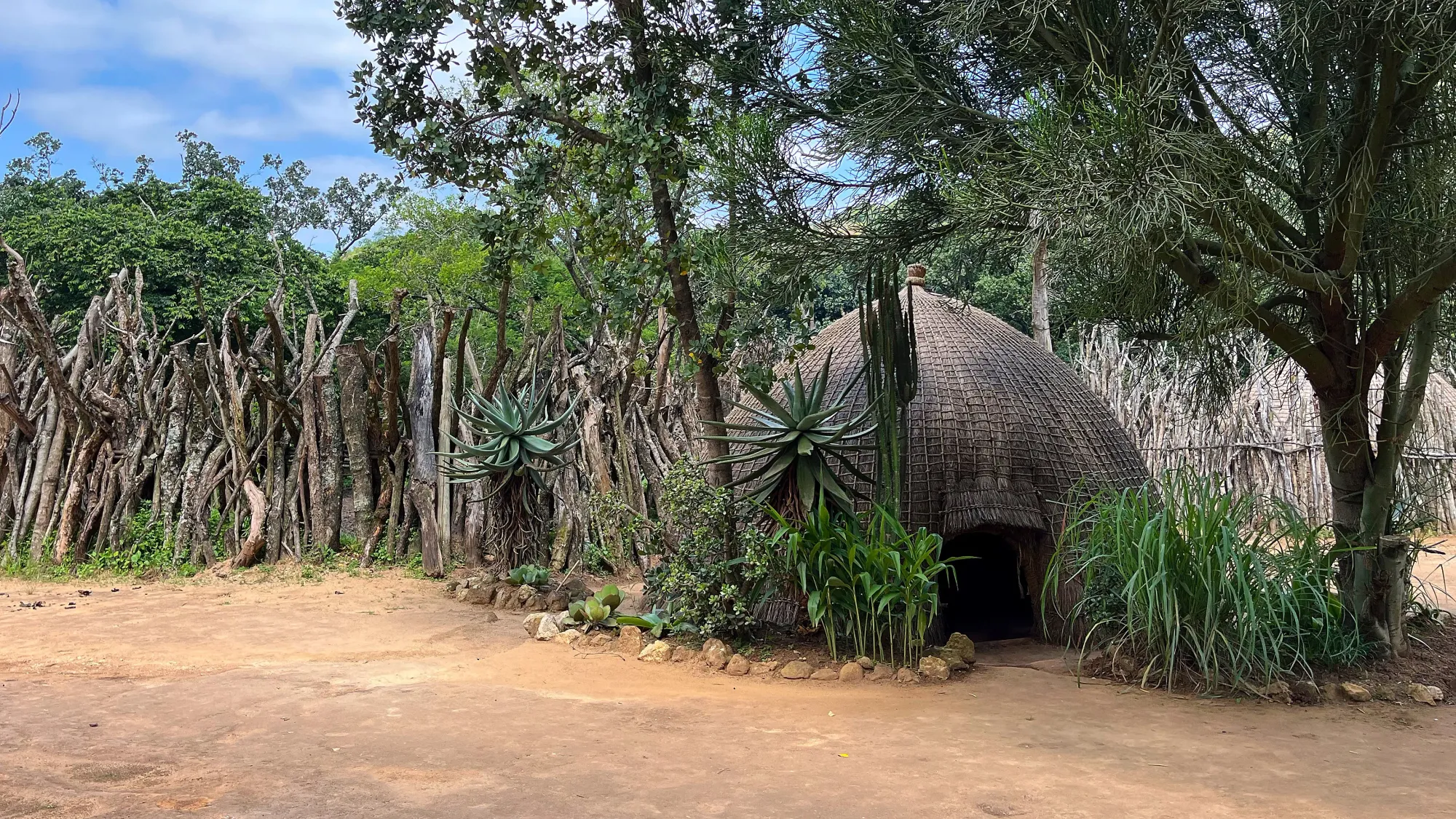
From here, we progressed on to the real highlight of our time in Eswatini, the Hlane Royal National Park. This was where we got to experience our first official game drive! You could tell it was serious when we pulled up to the gates for our accommodations and read signs informing us to "Stay in your vehicles" because the land between the park gates and our accommodations is filled with wildlife including (but not limited to) lions.
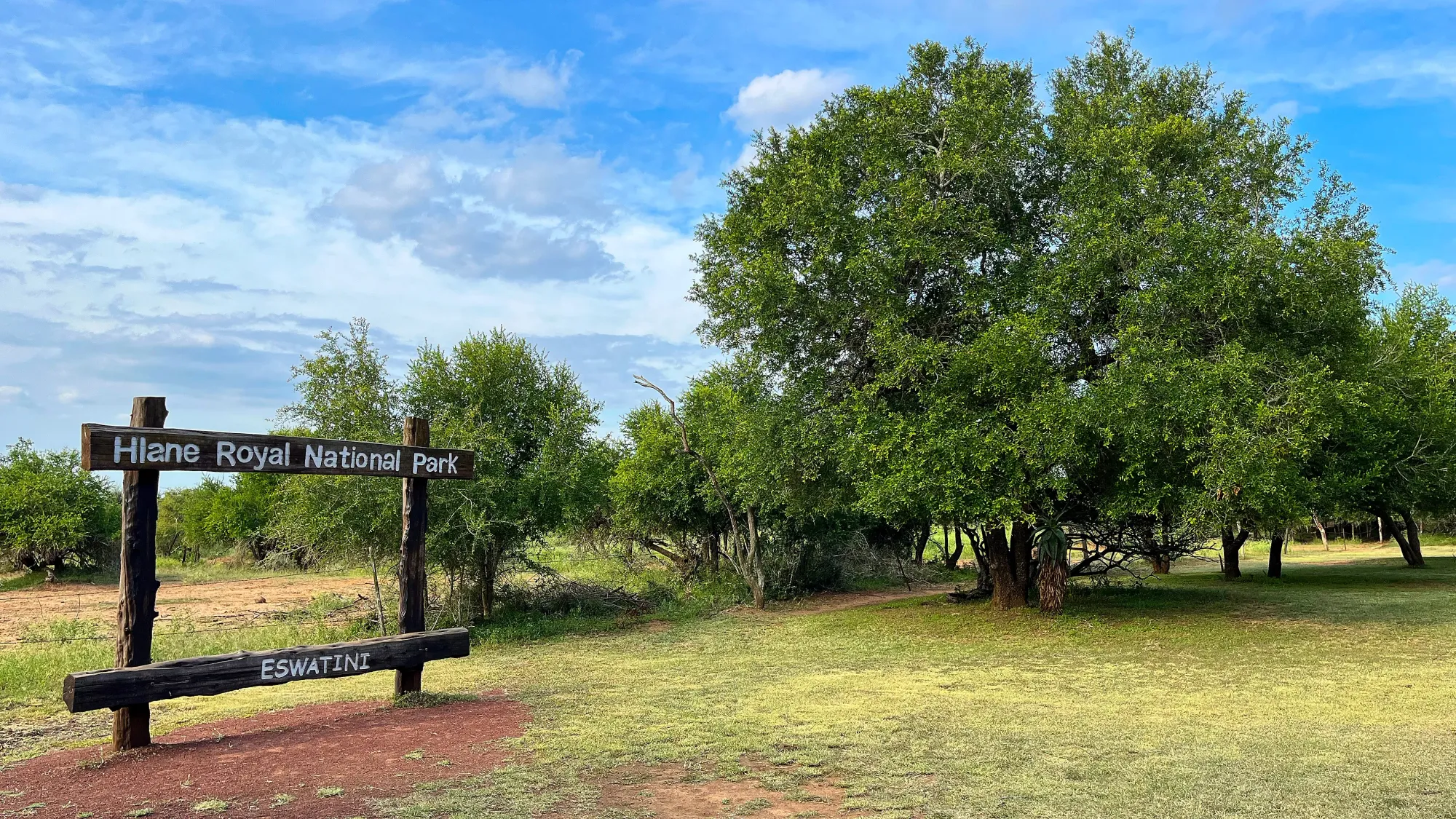
Even the fences in our accommodations were not truly enough to keep the wildlife out. Several species of antelope jumped over the barriers and strolled along near our rondavel and surrounding the dining area. We delighted in watching them forage as we ate. The camp we stayed at also possessed a watering hole directly outside the “protected” bounds. This meant that during the mornings and evenings (key times of change) there was a great deal of activity at our doorstep. The most notable of these came from the three hippopotami that live in that lake.
We came here specifically because we wanted to prioritize seeing one animal in particular, a rhinoceros. Eswatini has some strong conservation efforts they have put in place to help protect their rhinos and therefore can boast of being able to spot them on game drives. They were very vague when we tried asking questions about them. Due to fear of poachers, the park employees will not provide much information on their herd volume or locations. These poachers are still a major problem. At the park gates, there was a display set up of the thousands of traps and snares that have been removed from the protected grounds – there was even a sign noting that there were more traps in that display than animals in the park. So they have to take their conservation efforts seriously.
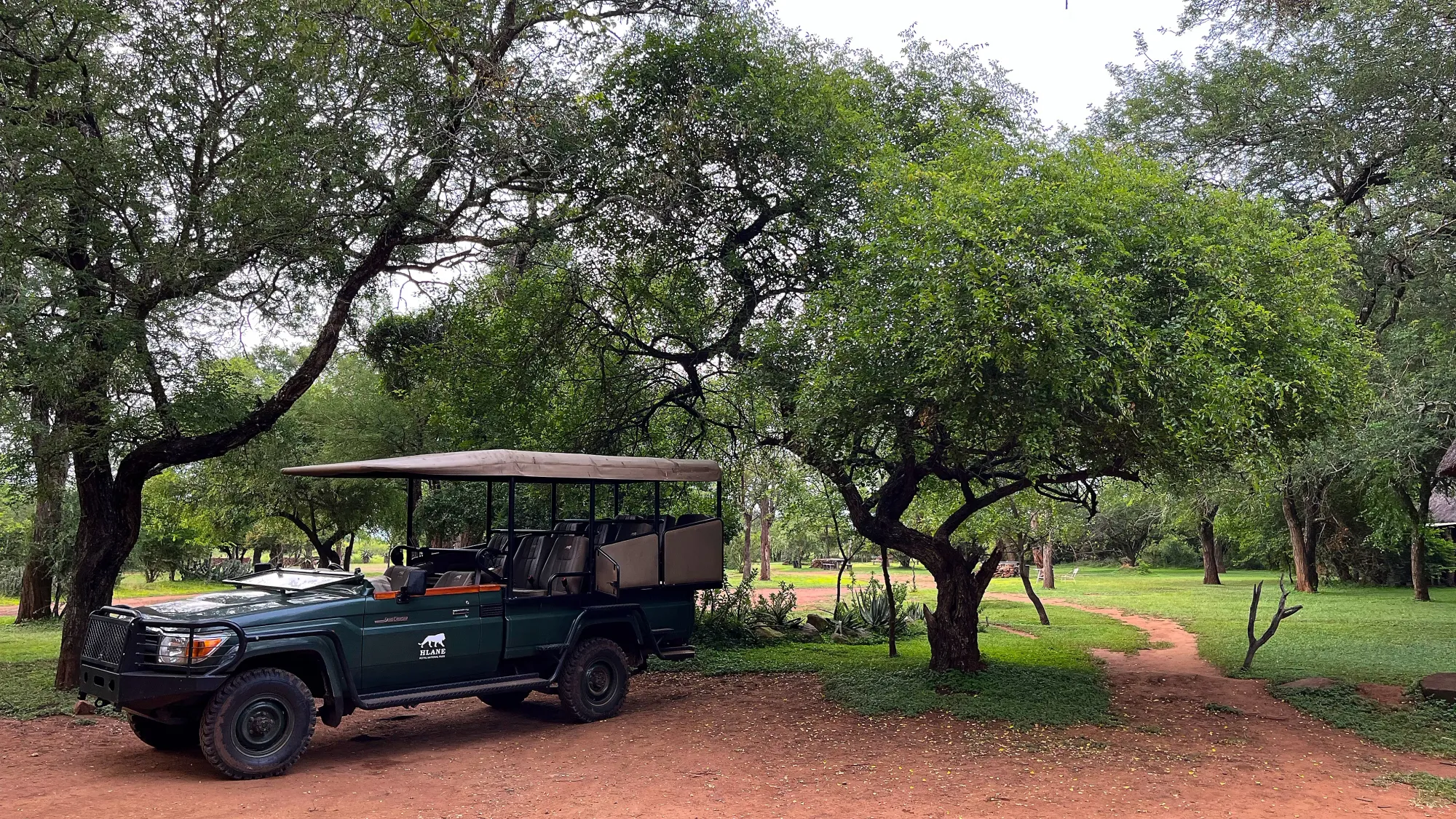
That said, we were traveling here during an off-peak season, so we had the fortunate opportunity to do our game drive as a private tour. Our driver gave us a lot of information on the plant life and birds we were passing along with some of his more amusing anecdotes from his time as a guide. We were fortunate enough to have achieved our goal on this drive and did come upon some rhinos. They were rather in our way if I am honest. We found a mother/baby pair lying across the tire paths. At one point, our guide did encourage us to get out of the vehicle (which in hindsight, I have questions about). He took us walking through the brush where we found two rhinos standing under some trees. It was the closest we had ever been to such giant magnificent beasts. When they noticed us though, we quietly backed away to give them their space.
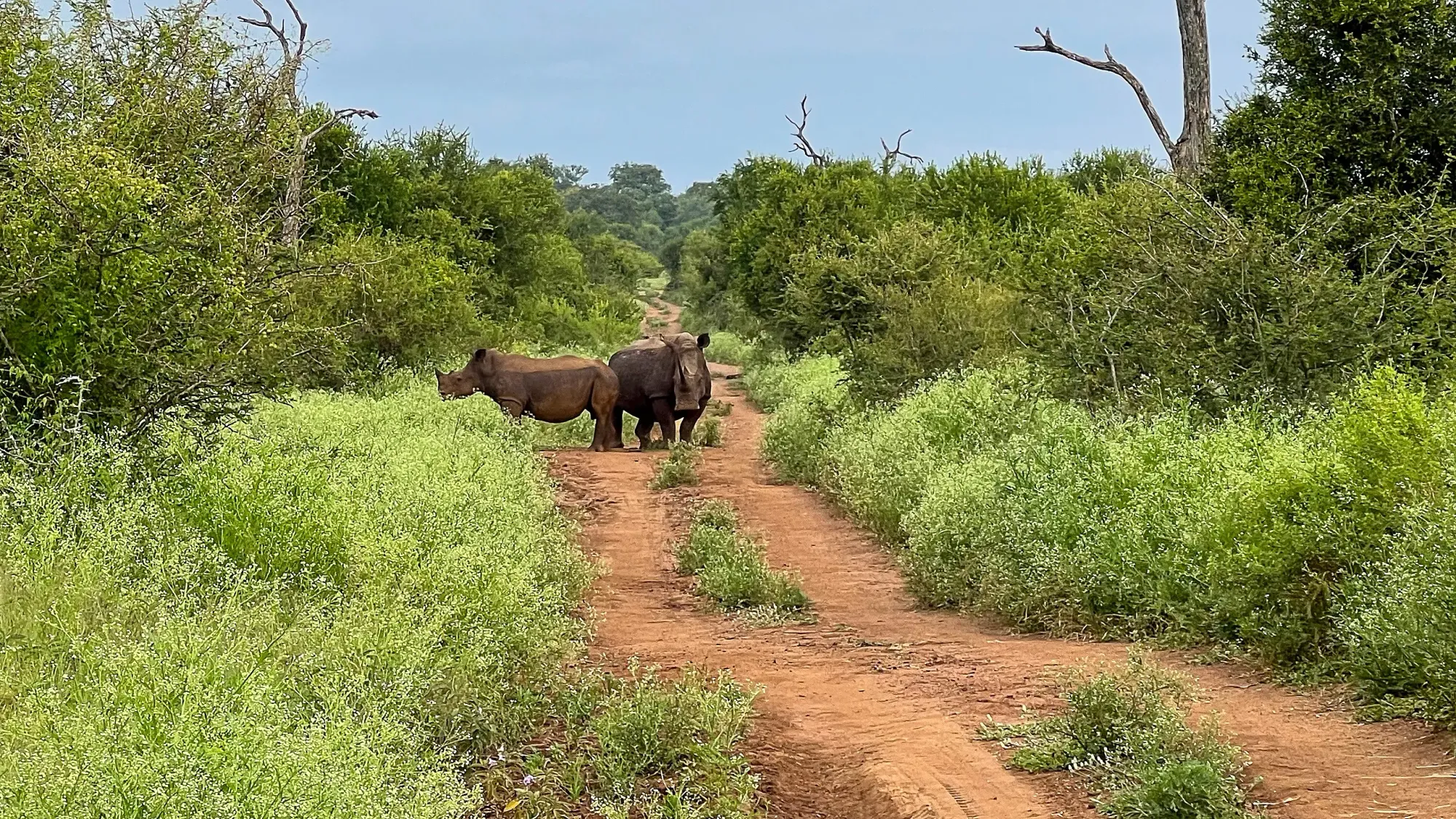
After our thrilling visit to Eswatini and our exciting first experience with a game drive, we returned to the car and continued our road trip to Lesotho. We entered from the northern side of the country. There is a dangerous high-altitude pass on the southern side (Sani Pass); however, due to time constraints, it was not in the cards for us on this visit. We began our trip across Lesotho with a drive to Maseru, the capital. There we first noticed something that became only more apparent throughout our visit - hats and headwear must be an important part of the culture here.
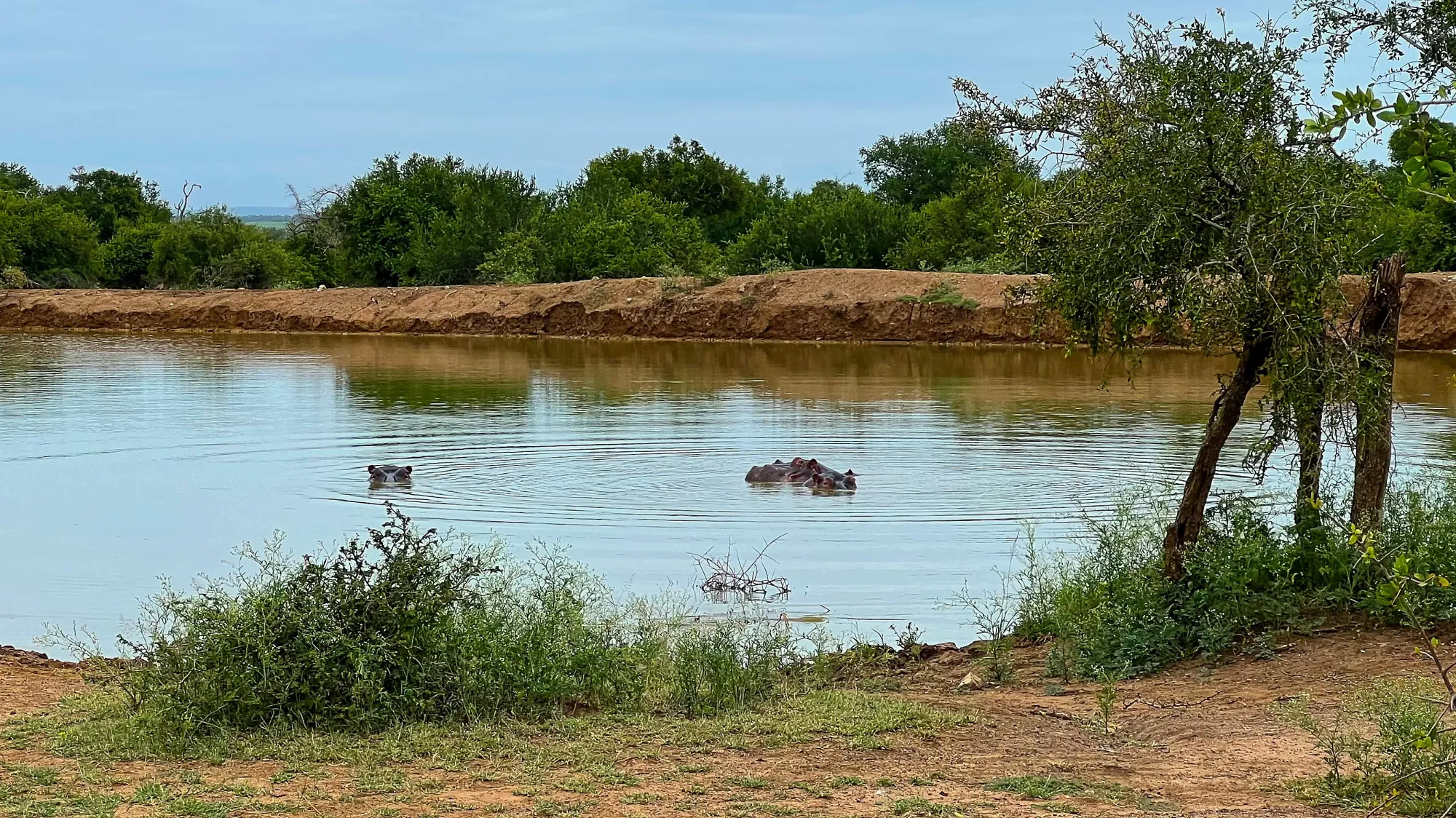
We know at least to some extent it was important to the Basotho people because their unique headgear is the key symbol on their flag. There is even a shop in the capital that has been built to look like their distinct hat, the Mokolotro. It was not just cultural dress though, I do not think we passed a single adult who was not wearing a hat or scarf. Every person seemed to be prioritizing sun protection and/or fashion. We saw traditional hats, ball caps, bucket hats, and scarves tied in many ways. The people who did not have headwear were carrying a parasol or umbrella.
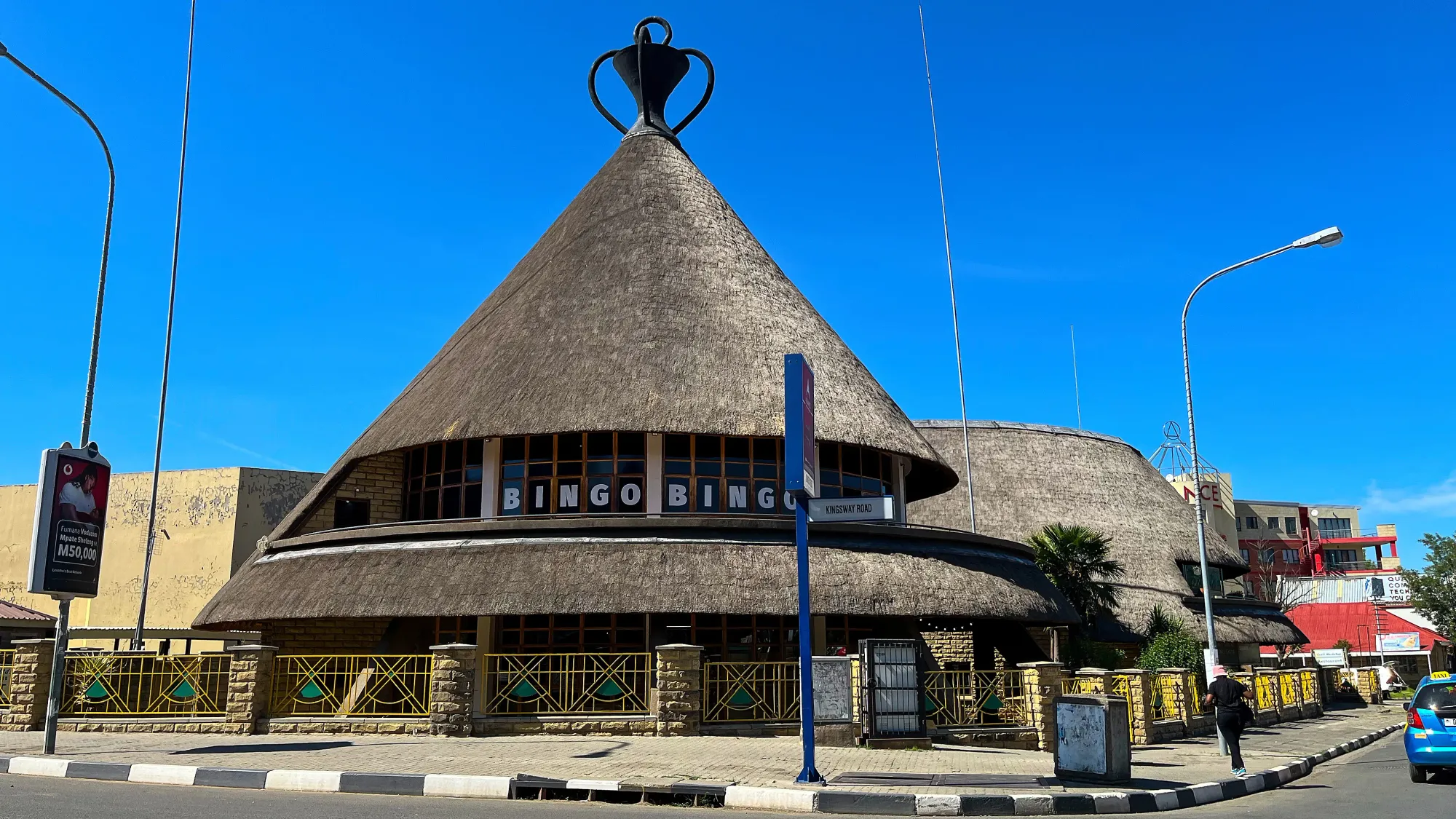
Speaking of the dress, while many people in the capital were wearing western t-shirts or tank tops and pants as we progressed further into the mountains we saw more and more residents wearing the more traditional garb of the Basotho people. This includes the Mokolotro hat, a poncho-looking wrap known as the Basotho blanket, and knee-high boots. When seen riding horses or donkeys these traditionally clad men looked like African cowboys. It was an awesome ensemble and added to the otherworldly feeling we experienced in this green and mountainous landscape.
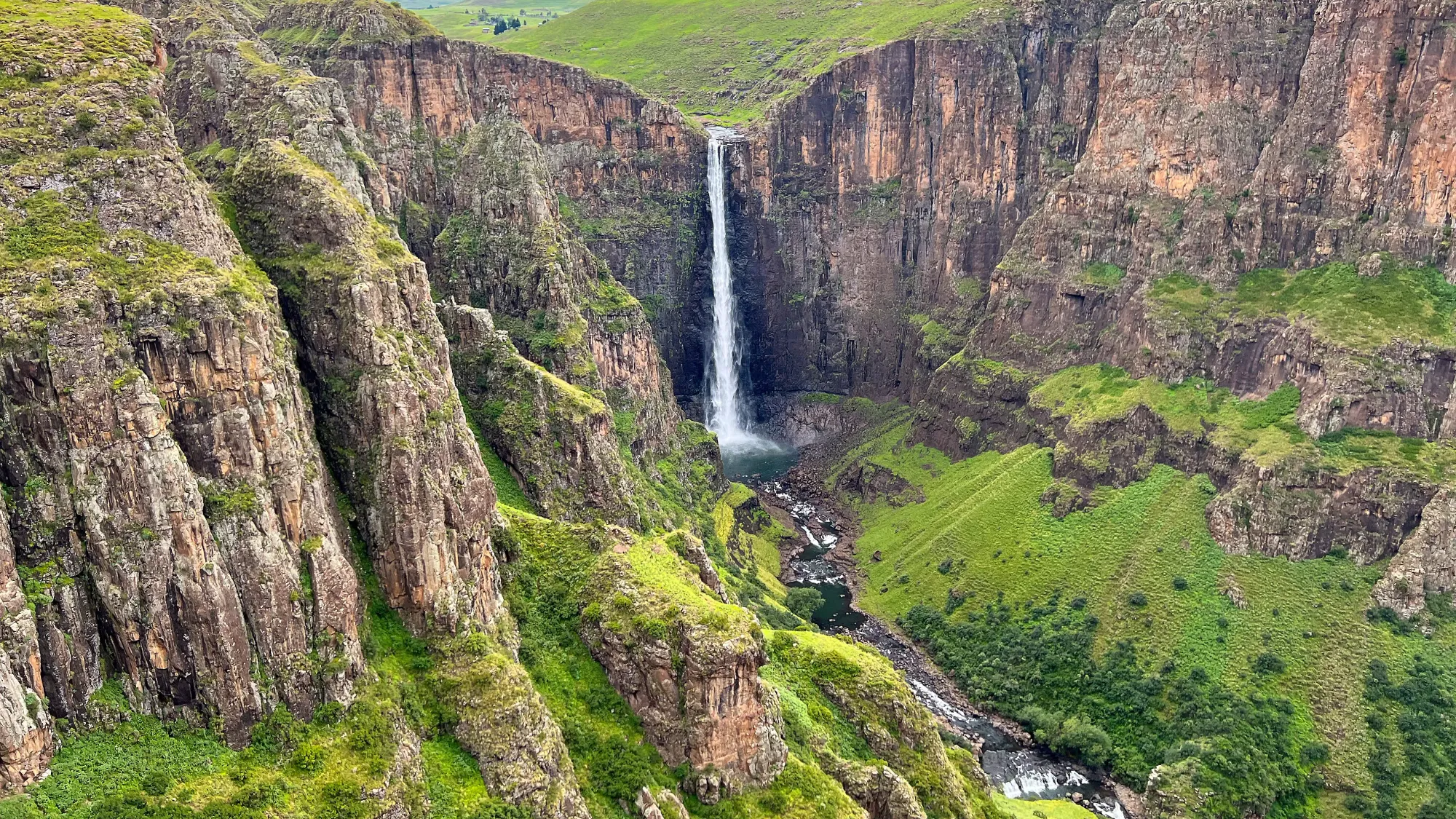
Lesotho is the only nation to exist entirely above 1,000m in altitude. Its lowest point of altitude is higher than any other country's lowest point of altitude. This is because it is nestled in the mountains – giving it the nickname the Kingdom in the Sky. That elevation though, helps you take a step away from the hustle and bustle of city life. Even in the capital things moved at a relaxing pace and as we drove further into the nation you could feel the peace.
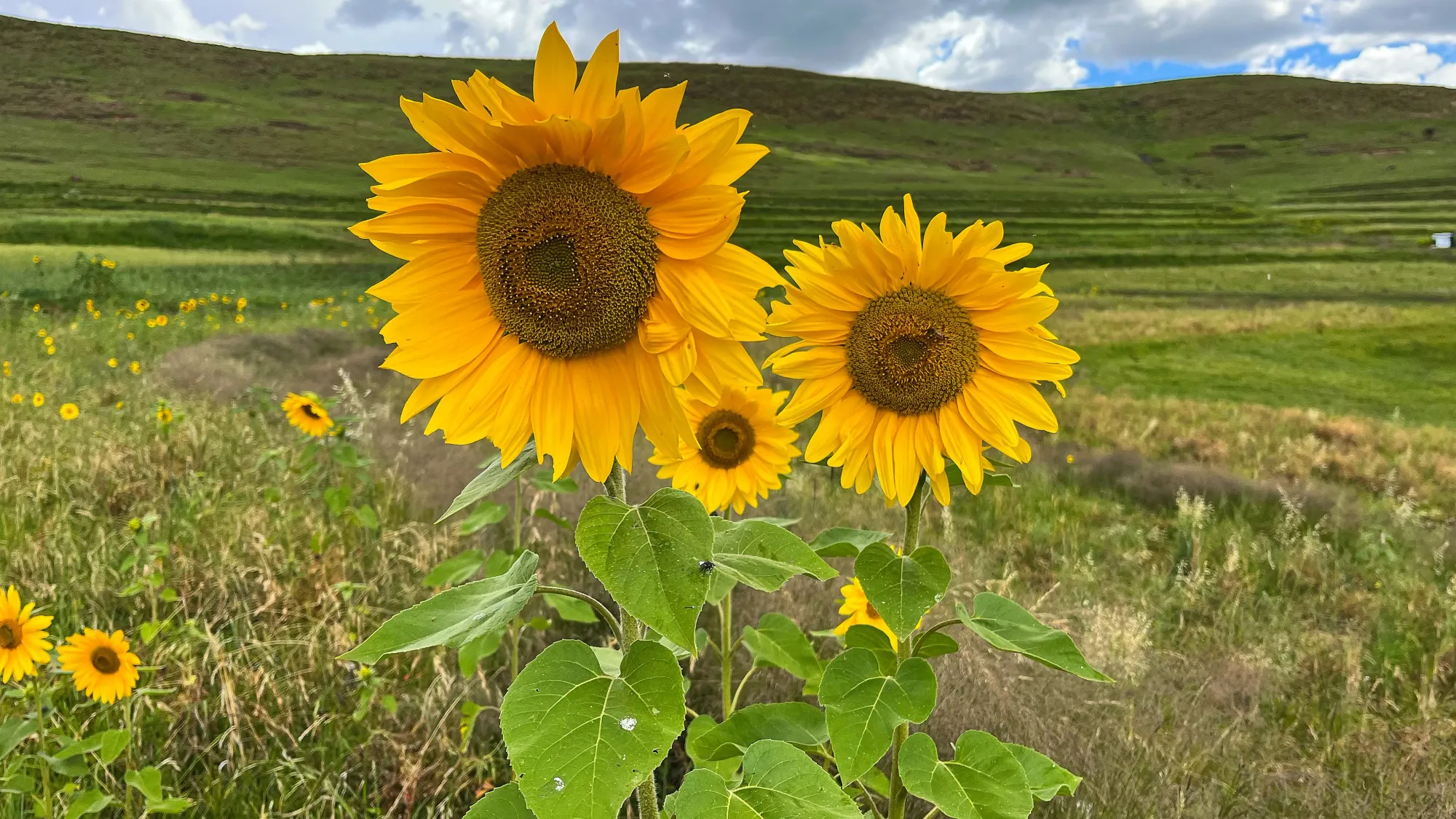
We chose the accommodations we did due to their proximity to the nearby Maletsunyane Waterfall. This was just a brief hike away. We arrived in the afternoon and decided to take the hike before nightfall. As we ascended the hill some rather dark clouds began to roll in. We walked a bit but, as the ground mashed into mud, it was harder to find the trail. It was then that a Lesotho citizen approached us, he offered to guide us on our hike. He kindly walked us through the fields of billowing grasses and along the plains until we could not miss our destination.
The waterfall itself was skinny but powerful. It drops 192m and we could see all of it from above. We brought ourselves a picnic lunch and parked it just staring out at the stream of water. It is still low season for tourism, so once again we were the only people at the site. It was just us with a chorus of cows in the background watching the water rush by.
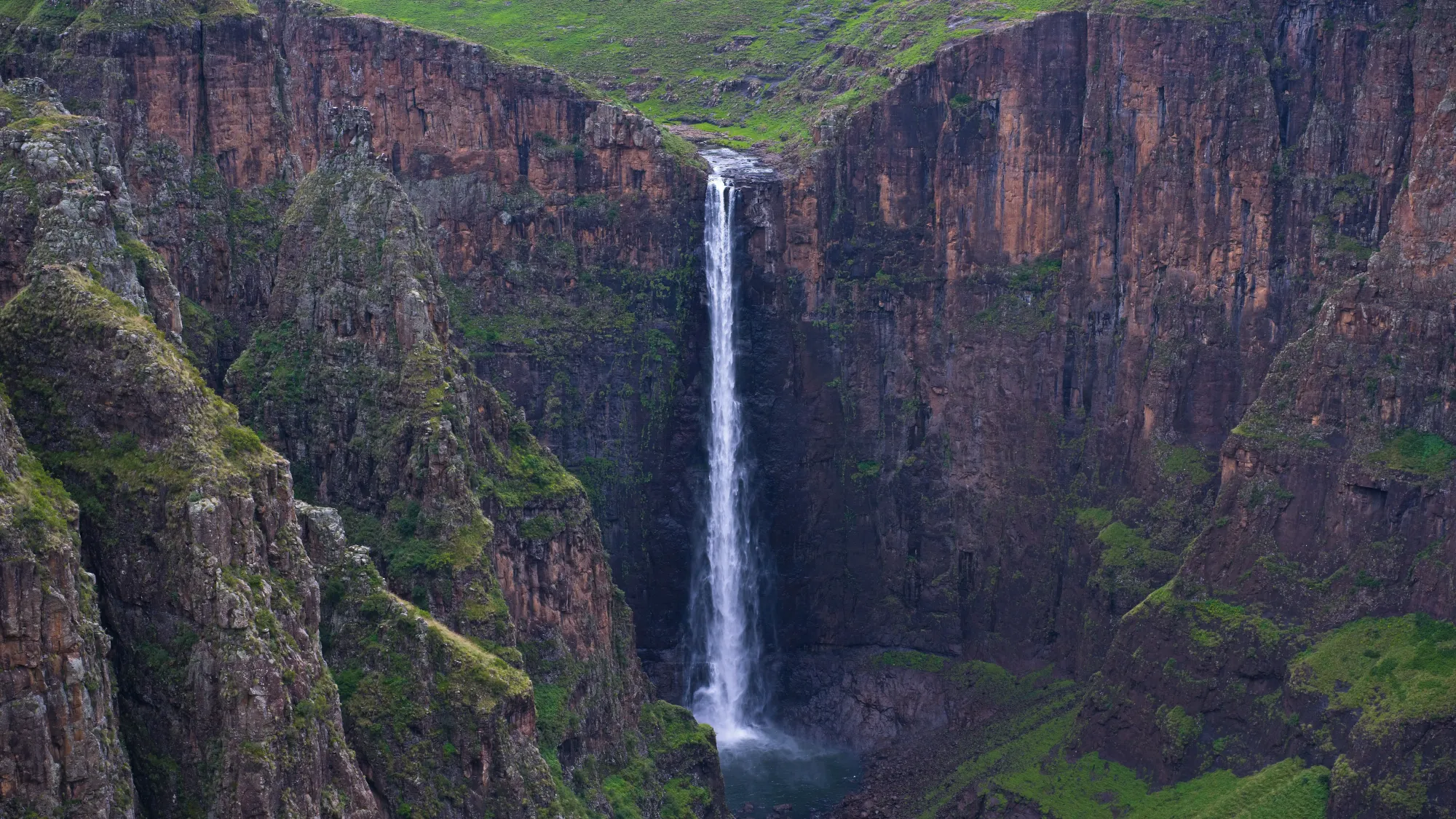
Our whole visit to Lesotho gave us a great sense of ease. The rolling hills were unpolluted with modern constructions, the people were kind, and we slept soundly. This was not a country either of us had on our radar before planning this Odyssey, but now I cannot imagine visiting this region without including it. Our stop here was a true delight. I am very grateful we got the opportunity to explore and see such a beautiful part of the world.
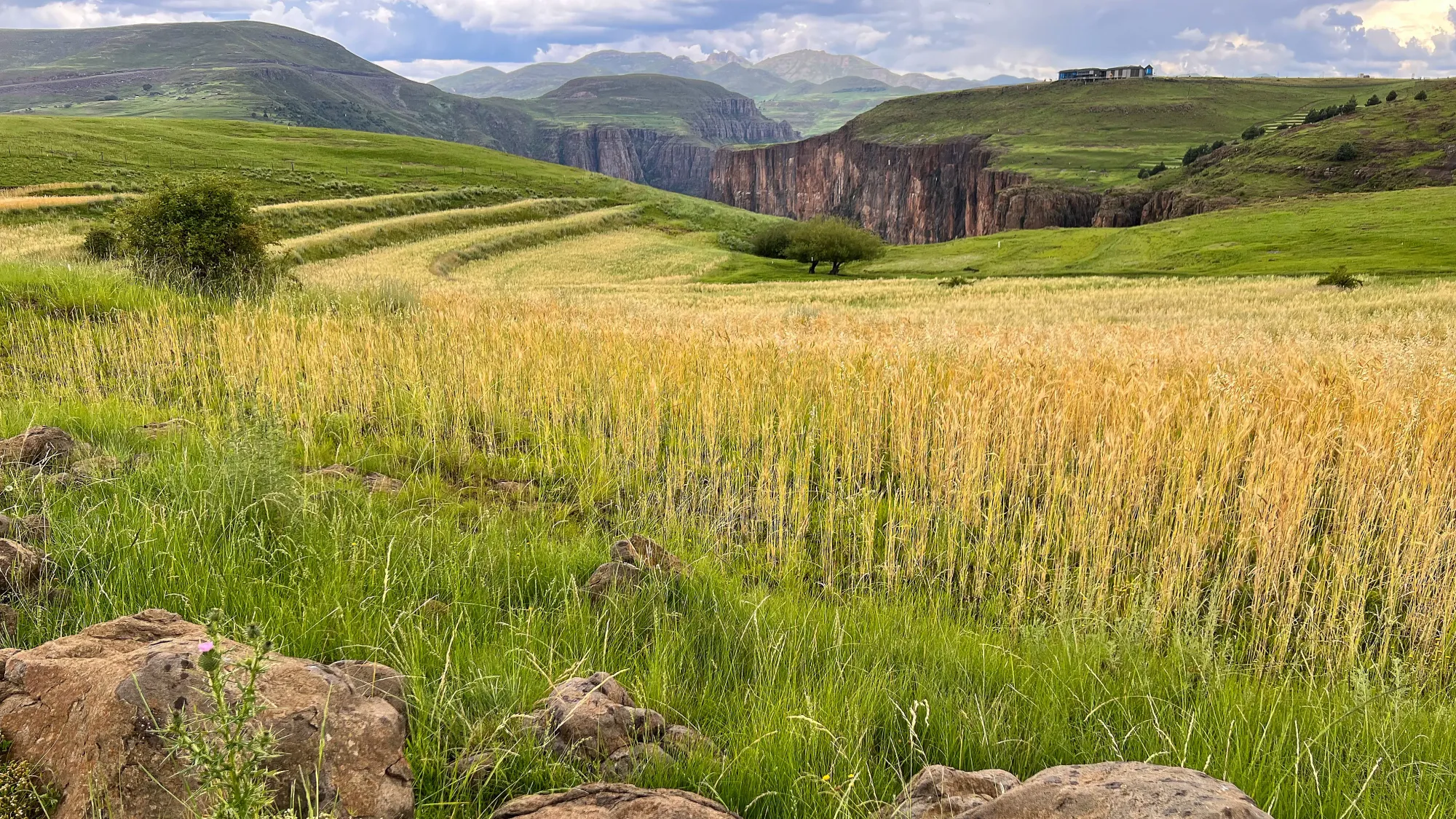
Eventually, though, we did need to pack up. We returned to South Africa to get our bigger backpacks before flying to our next country. This stop is home to the world’s largest underground lake (located in Dragon’s Breath Cave). Do you have any guess where we are off to next?
